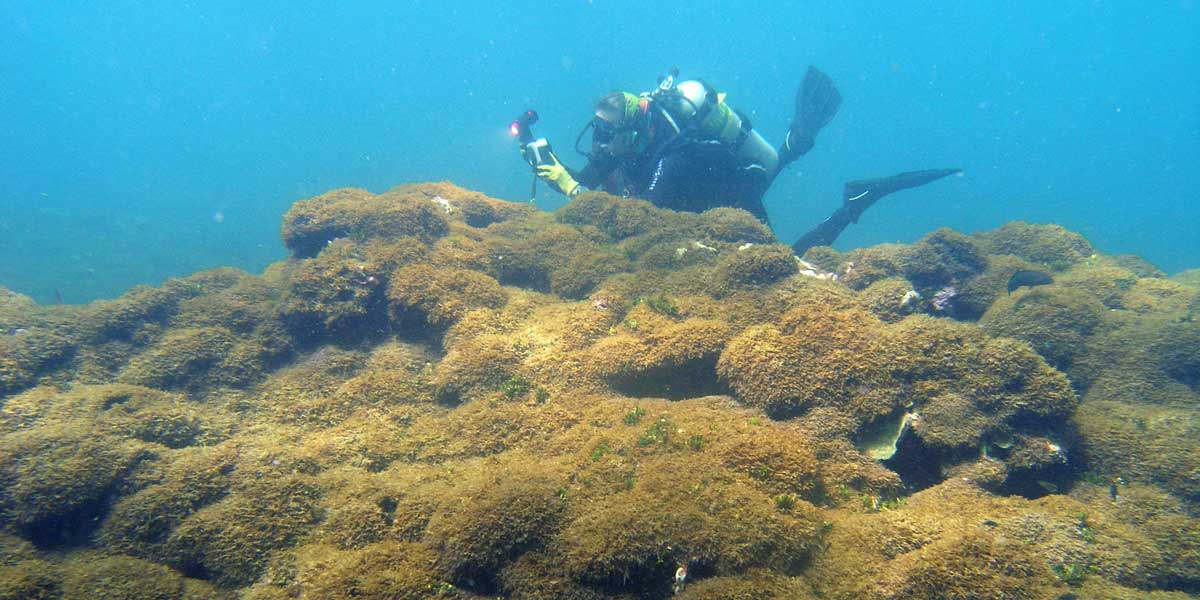News
Algae species discovered infesting NW Hawaiian waters has been identified

A newly-identified, fast-growing species of algae discovered in Papahānaumokuākea Marine National Monument is posing a major threat to the ocean ecosystem. Newly-named Chondria tumulosa by University of Hawai’i and PMNM researchers, the algae was observed in 2019 smothering entire sections of coral reef and other vital organisms in one of the northernmost atolls, just south of Midway. The algae is being referred to as a nuisance species for its mat-forming growth that smothers native species, and its “tumbleweed-like” ability to easily detach and spread in a short period of time.
Although Chondria tumulosa displays invasive characteristics, it is not yet clear whether the algae was introduced from another region. Research ships are practicing caution so as to not inadvertently transport this species to other islands. Strategies to develop appropriate management actions are being considered with focus placed on finding the organism’s origin and using management techniques that can help trained divers reduce its spread.
Papahānaumokuākea has experienced nuisance marine species before, such as in 2008 at Kure and Midway atolls, but none have been present at the level of abundance seen in this new algae. It is important that extensive research is conducted to introduce effective solutions that will protect the Hawaiian archipelago.
For more information, read the press release here.
Read more here.


